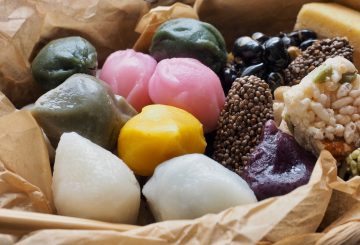Chương trình trao giải World of Wearable Ararts hàng năm đã bị hủy bỏ trong năm thứ hai liên tiếp trong bối cảnh sự không chắc chắn do đại dịch Covid-19 gây ra.
Chương trình năm 2021 bị hoãn lại vào ngày 30 tháng 8 sau khi nước này lao vào khóa cấp 4 do dịch Delta hiện nay.
Chương trình được lên kế hoạch diễn ra tại Wellington từ ngày 30 tháng 9 đến ngày 17 tháng 10.
Nước này, ngoài Auckland, kể từ đó đã chuyển xuống cấp cảnh báo cấp 2 trong khi thành phố lớn nhất nước này vẫn ở cấp 4 ít nhất một tuần nữa.
“Triển lãm World of WearableArt Awards Show 2021 đã được thiết lập để trở thành một cảnh tượng thú vị bùng nổ với màu sắc, sáng tạo, bất ngờ và niềm vui. Nó được thiết kế để thổi bay tất cả mạng nhện 2020 và ăn mừng một lần nữa,” WOW cho biết trong một thông cáo báo chí.
“Chúng tôi đã rất gần gũi. Đáng buồn thay, vụ dịch Covid-19 hiện tại ở Aotearoa đã buộc tay chúng tôi và vào ngày 30 tháng 8, chúng tôi đã tuyên bố hoãn mùa 2021 Show.”
WOW cho biết các nhà tổ chức đã làm việc chặt chẽ với Hội đồng thành phố Wellington và WellingTonnz để chuyển chương trình giải thưởng đến những ngày mới mặc dù “các lớp phức tạp liên quan đến việc cố gắng sắp xếp lại một sự kiện theo quy mô của WOW”.
“Cuối cùng chúng tôi đi đến kết luận rằng chúng tôi cần phải đối mặt với thực tế, những rủi ro chỉ là quá cao.
“Vì vậy, mặc dù những nỗ lực không mệt mỏi của tất cả những người tham gia, nó là với trái tim nặng nề mà hôm nay chúng tôi xác nhận rằng chúng tôi đã phải đưa ra quyết định tàn phá để hủy mùa giải 2021 WOW Awards Show”, sự kiện cho biết.
“Chúng tôi cùng nhau đồng ý rằng quyết định hủy bỏ này sẽ đặt WOW ở vị trí mạnh nhất có thể để đảm bảo thành công và tính bền vững của nó trong năm tới và trong tương lai.”
Chương trình năm ngoái cũng bị hủy bỏ do đại dịch, với chương trình thay vào đó chuyển sang một showcase mùa hè tại bảo tàng Te Papa.






























































